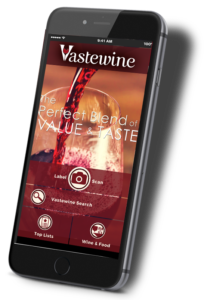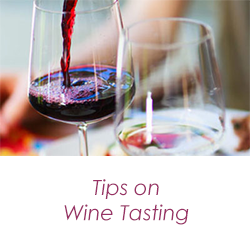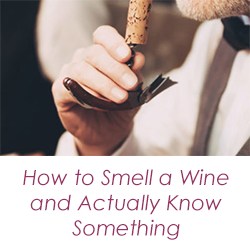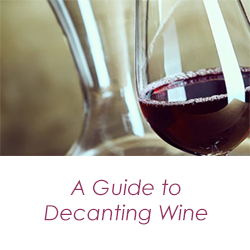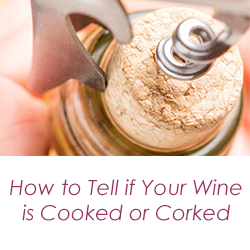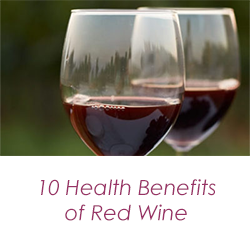How To Read a Wine Label
– Just Label Me Stupid
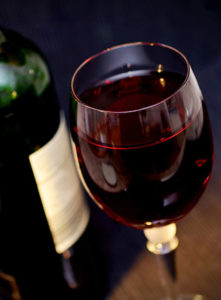 “So, it says Chateaux on the bottle. It must be good right?”
“So, it says Chateaux on the bottle. It must be good right?”
“Ohhhh…..the year is 2012. That’s like antique and tasty I think!”
“The guy at the grocery store meat counter said that the produce lady told him that the shiny labels were the good wines. I’ll go with that I guess.”
We’ve all been there. Stranded and helpless in a sea of beautifully labeled wine bottles trying to appear sophisticated, but deep down helplessly confused. So how, oh wise one, do we decipher these hieroglyphic magic bottles full of fermented grapes? Let’s start with the basics.
What’s the importance in a label?
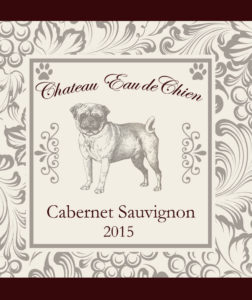 The label, in most cases, is your only source of judgement when purchasing wine. Licking the outside of the bottle will not help you, and, unfortunately they haven’t started using scratch and sniff stickers to give you a better idea of what the wine consists of. So yeah, the label is going to be everything.
The label, in most cases, is your only source of judgement when purchasing wine. Licking the outside of the bottle will not help you, and, unfortunately they haven’t started using scratch and sniff stickers to give you a better idea of what the wine consists of. So yeah, the label is going to be everything.
Some labels are shiny and colorful, drawing you in like some fancy fishing lure. Others go for the Old World look, leading you to believe that it must be incredible, no matter the price tag. If it were as easy as just picking the best label to make sure you grabbed a great wine, you would not be reading this.
Don’t fret though. This little piece of paper is going to, in most cases, tell you all you need to know before purchasing that perfect bottle. The name of the producer of the wine, the year, country of origin, quality, type of wine, and alcohol content. It’s all there. Of course, there are more details you can and will find on many bottles from different parts of the globe, but let’s just worry about the basics here.
The Name
I know this one! This is the easy part, right? Well, for the most part, yes. The name of the producer of the wine is usually obvious and in most cases in small print on the top or bottom of the label. However, some American wines will only put a “name” of the wine on the front,  so you have to go digging on the back label to find out who bottled and made the wine. Who made the wine is often the most important part of the label. The reputation of the winery will usually determine the quality of the wine. For example, a well known French vineyard will most likely be higher quality than Big Bubba’s Backwood Beaujolais from Kentucky. It’s not a guarantee, but I’d go with the odds on this one.
so you have to go digging on the back label to find out who bottled and made the wine. Who made the wine is often the most important part of the label. The reputation of the winery will usually determine the quality of the wine. For example, a well known French vineyard will most likely be higher quality than Big Bubba’s Backwood Beaujolais from Kentucky. It’s not a guarantee, but I’d go with the odds on this one.
There are also different levels to which a winery will be involved with the wine, and this is usually on the back label. For example, and Estate wine will show that they not only grew the grapes, but they produced and bottle the wine themselves. This is the highest designation. Sometimes, a winery will produce and bottle the wine, but the grapes will be grown elsewhere. If the label says “cellared and bottled by”, then the winery used a combination of grapes they crushed as well as grapes from other vineyards. Is this information important? Yes, it can be, especially when narrowing down 2 or 3 wines to take home. However, just because a wine is designated an “estate” wine does not mean it’s better. Think of it more as a prestigious title.
Type of Wine
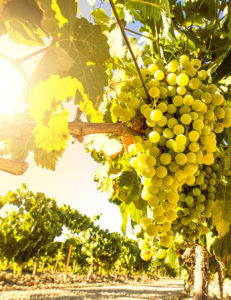 While the name of the winery or producer of the wine is important, it doesn’t matter at all if you don’t know what type of wine you are looking for. White? Red? Rose? Blue? Yeah, that’s a good start. Except the blue one, although that wouldn’t surprise me in this day and age.
While the name of the winery or producer of the wine is important, it doesn’t matter at all if you don’t know what type of wine you are looking for. White? Red? Rose? Blue? Yeah, that’s a good start. Except the blue one, although that wouldn’t surprise me in this day and age.
Having a basic understanding of what type of wine you are looking for before you get lost in the store will save you a lot of heartache. Just walking in thinking that the establishment has posters up over each section with phrases like “If you are having Tacos tonight, get one of these” is going to leave you disappointed and possibly doing tequila shots the rest of the night. So, it’s important to at least have a general understanding of what type of wine you are looking for going in. We are only talking about the labels here, but luckily for you, we at Vastwine are here to help you with the specific grape varietals and what it is you are looking for.
When it comes to the type of grape the wine consists of, it will always be on the front label. Cabernet Sauvignon, Chardonnay, Rioja and on down the line. If the wine is made of more than one type of grape, it will often say “Blend” or something to that effect. Many of the Old World Wines, however, will list the region instead of the grape variety, so that means you might have to do a little homework to figure out the what grapes it consists of.
Alcohol Content and Quantity
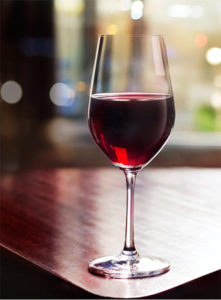 Ok, so you wanted an easy one, right? Well here you go. Short and Sweet. The alcohol content of a wine will normally be found on the back label, and will be expressed in a percentage by volume, such as 13.5%. Generally speaking, the higher the alcohol content the stronger the wine. The amount of wine in a bottle is normally expressed in ml, such as a standard bottle of 750ml. On American wines you will find this on the front label, but with French wines, for example, it will be on the back. You have now completed the math portion of this exercise.
Ok, so you wanted an easy one, right? Well here you go. Short and Sweet. The alcohol content of a wine will normally be found on the back label, and will be expressed in a percentage by volume, such as 13.5%. Generally speaking, the higher the alcohol content the stronger the wine. The amount of wine in a bottle is normally expressed in ml, such as a standard bottle of 750ml. On American wines you will find this on the front label, but with French wines, for example, it will be on the back. You have now completed the math portion of this exercise.
Other Words On The Label
So, you figured out who made the wine. You know what type of grape or grapes were involved. You know how big the bottle is and what the alcohol content is. What does the other stuff mean? What is Reserve, Burgandy, Barrel Aged, Chablis?
Let’s break this into two categories: region and special designations. Sometimes a wine will have a broader region, such as a state or country, like “California.” Burgandy is also a broad region of Eastern France. If the wine has a more specific appellation, it may be as detailed as listing the county or subregion, such as Napa Valley or Chablis, a specific town in France. Once again, there is no guarantee 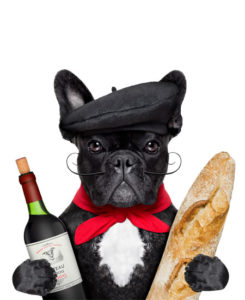 that this will be a better bottle of wine because it originates from a smaller region. If that was the case, there would be some billionaire guy in the woods in Tennessee who’s label just read “Frank’s Cabin Wine.”
that this will be a better bottle of wine because it originates from a smaller region. If that was the case, there would be some billionaire guy in the woods in Tennessee who’s label just read “Frank’s Cabin Wine.”
Some of the other terms you might find on a label include special designations. Reserve, special reserve, barrel select, old vines, and estate are often seen on wines from all over the world. These terms can be tricky, and in many cases are just marketing strategies depending on what part of the globe they are from. For example, the term “reserve”has a legal definition for European wines, but none in the United States. So, it is important to note that while shopping for that perfect bottle, be sure to pinpoint the region before determining whether or not these special designations are real or just a marketing ploy.
As you can see, a wine label is your gateway to choosing the perfect bottle. Once you have determined what type of wine you are looking for, whether it be red or white, dry or sparkling, you can use these basic tools to understand what it is you are buying. Who made it, where did they make it, how strong is it, who is Frank, and what type of grapes are in the bottle. Now you have a newfound weapon of wine knowledge in your back pocket, so go hit the grocery store vino aisle with confidence!
Sign Up to be a Tasting Partner!
Enter your email below and you will be the first to know about new wines, recipes, wine articles, and new additions to the Vastewine app.
